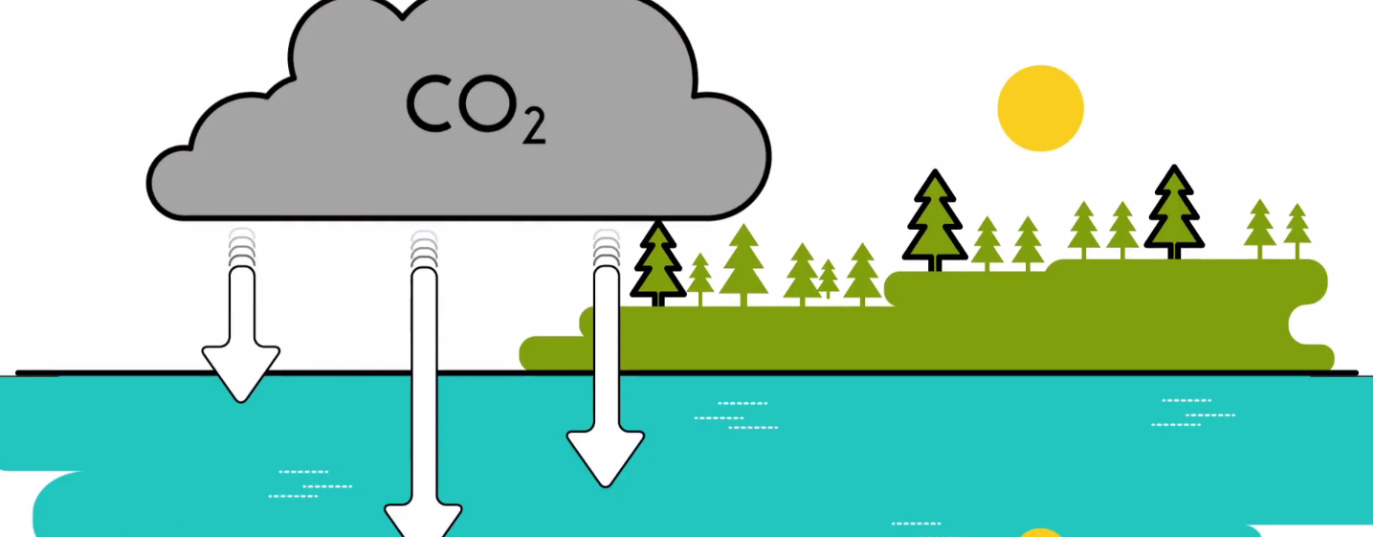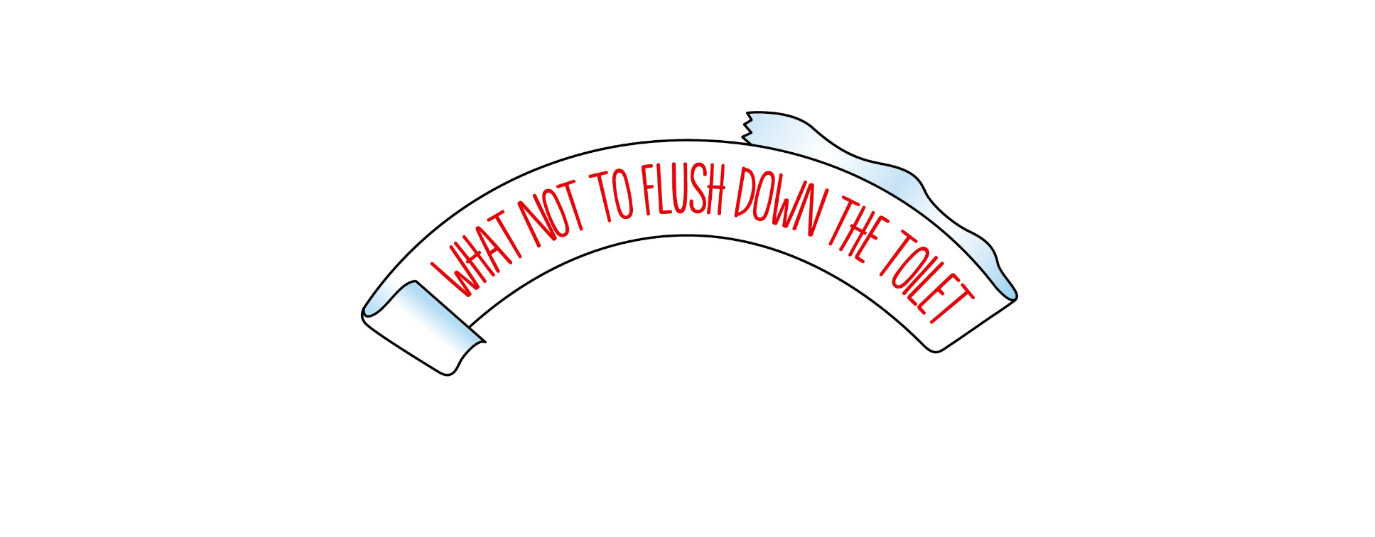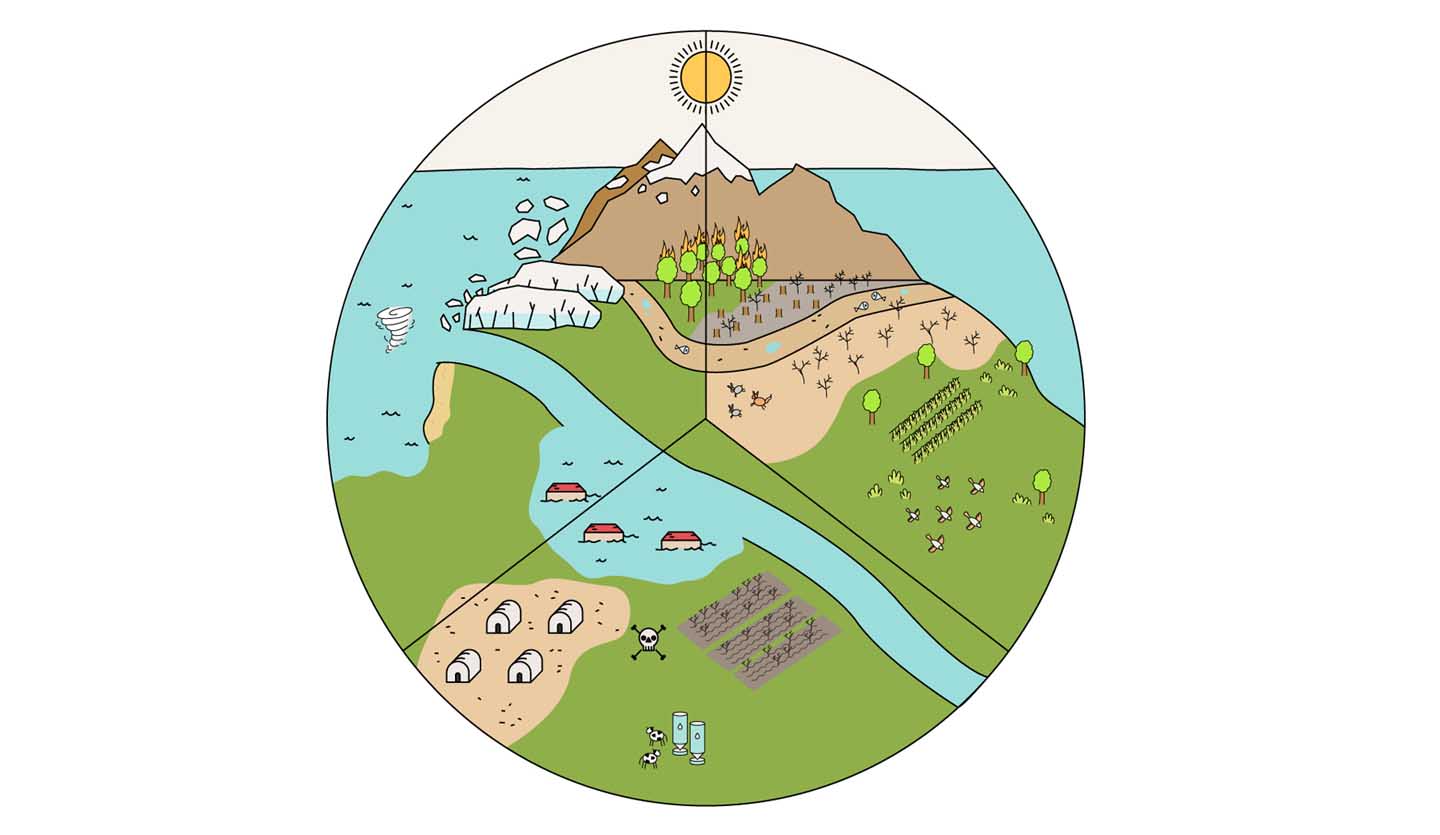What is Pigovian tax?
States have economic tools to discourage polluting activities. Do you want to know how one of these works?How can economic theory help in the fight against pollution and toward environmental protection? Can market mechanisms help alleviate climate change? A possible response to these questions may lie in the Pigovian tax, put forward by the English economist Arthur Pigou (1877-1959).
So, what are Pigovian taxes? Imagine a company, given its business activity, pollutes the environment and ultimately the health of the population. This harm, which could be in the form of carbon dioxide emissions or hazardous waste dumped in the river or sea, for example, is called, in economic speak, negative externality: activities that prejudice the interest of other stakeholders.

Accepting such a pretext, the state would protect the common good by obliging the entity responsible for this harm to include the negative externality in its production costs, or so goes the maxim promulgated by Pigou that who pollutes pays.
Pigovian taxes, to continue with this example, are a levy the state would impose on companies who cause harm to the community interest – damaging the environment, health, etc. – with the aim of correcting a perceived market distortion, and achieving three main objectives related to one another: making polluting companies pay for what they pollute, such that the companies decide that less polluting sectors are more profitable, thus sufficiently incentivizing them to innovate in the search for clean technologies. In this way, the tax applied to the negative externality of pollution has the ultimate aim of protecting the common good and reducing environmental contamination.
The studies Pigou presented in 1920 sought to raise awareness on the divergence between private interest objectives and those of the common interest. Seventy-two years later in 1992, these were unanimously adopted by the United Nations in the form of an economic instrument to promote environmental development.
Why are Pigovian taxes not widely used?
When analyzing the use of this kind of taxation, one must bear in mind that until now such economic theories have not always been able to be applied satisfactorily. Professor Carlos San Juan Mesonada, of the Economic Department at Carlos III University in Madrid, gives five reasons why this form of taxation is difficult to operate:
Uncertainty over its legal application: levying estimated pollution, often before it has happened;
- The wide range of criteria available for determining the nature of damage: the marginal external cost is difficult to estimate, from a
 monetary viewpoint, and so is social cost;
monetary viewpoint, and so is social cost; - The status quo: due to problems with the stability and shared nature of regulatory frameworks, taxes might not be compatible with the present legal system and adapting the system will incur costs;
- It can be difficult to define what is discharged and which substance should be taxed: sometimes it is not possible to isolate the effect of the noxious substance and it can only be estimated;
- Controversy over what to do with the monies raised the tax: whether to reinvest them in the polluting sector, to make it more attractive, or channel them to funding environmental protection policies, for example.
There are other market mechanisms which, like Pigovian taxes with their negative externalities, consist in transforming the production and consumption model to enable the economic transition toward a low-carbon economy: for example, carbon markets.
Do you know of any other market mechanisms that protects the common good and limit pollution?
Sources: Xavier Sala-i-Martín, Eumed, Universidad Carlos III, Aula de Economía, La Vanguardia YouTube and Instituto de Estudios Ambientales.







